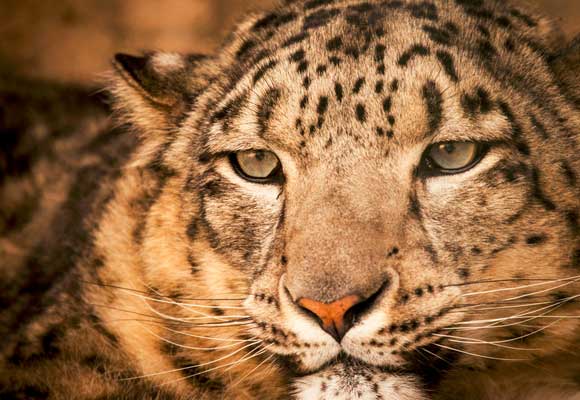Ayubia National Park
At an average elevation of 8,000 feet above sea level, Ayubia National Park is located between Pakistan’s most popular hill stations, Murree and Nathiagali. Superb scenery, pine forests, covered mountain slopes, clear water streams and lots of wild flowers and colorful butterflies combine together to provide one with an enchanting panorama.
We have planned for you a hiking trip to Ayubia National Park during the summer holidays. We will drive to Ayubia from Islamabad and enjoy the beautiful scenery enroute. After check-in at the hotel, you will be free to acclimatize yourself to the mountain environment. The next day we will do the pipeline walk through the National Park area and climb the Mukshpuri Top (elevation 9,800 feet). On the way, we are likely to see hundreds of wild flowers and colorful butterflies. You will also have superb views overlooking Kashmir and Abbottabad.
WETLANDS AND HISTORICAL SITES OF SALT RANGE
The Salt Range comprises two rows of low-lying rugged hills that run east to west between the Soan and Jhelum rivers from the Grand Trunk Road, near Jhelum city to the River Indus, near Kalabagh. This area is said to record 600 million years of Earth’s history. Its name comes from the vast deposits of rock salt exposed and mined at Khewra. The salt was left behind when the sea, which extended over the Indus plains and the Potowar plateau, evaporated 600 million years ago. The rocks and fossils found around the salt range provide a complete record of the history of Earth. Layers of rock in the range have been tipped vertically or in some places are inverted, so that the older fossil-strewn layers now lie on the surface.
The tour will take you to Khewra, the largest Salt Mines in the world, the fort and temples of Hindu Shahi period (8-10 century A.D.) at Katas and Molat and the beautiful lakes at Kalar Kahar, Uchali, Khabaki and Jhalar which attract thousands of migratory birds each year. This tour will also give you a change to take a close look at the typical village lifestyle of Northern Punjab.
BAR VALLEY
Bar Valley is situated in the Nagar subdivision of the Gilgit district in the northern areas of Pakistan. It is connected to the Karakoram Highway through a jeepable road. The valley is characteristic of mountainous ecosystem. The traditional name of Bar is Shain Bar. The area offers a wide range of habitats for a variety of flora and fauna. The main tree species are willow, juniper, ash and birch. Siberian ibex and snow leopard are among the important wildlife species.
By late 1980s, the natural resources of Bar were threatened because of population pressure, expansion of agriculture, increase in the number of livestock and subsistence hunting by the locals. The population of ibex was nearing extinction and the snow leopards were also poisoned to protect domestic livestock.
One of the most serious problems in the parts of the Bar Valley is the over utilization of certain pastures and valley bottom woodland for the grazing and fuel-wood collections. Already there are encouraging signs of reduced incidences of landslides and erosion.
HALEJI AND KEENJHAR LAKES
In the northeast of Karachi, forming the end of the chain of the great lakes, lies the beautiful fresh-water lakes of Haleji and Keenjhar in the district of Thatta. Some forty thousand birds including over 70 species of waterfowl find refuge over here during the winter months. These lakes can be regarded as one of the most important wintering areas of waterfowls in Eurasia. Flamingos, Pelicans, Tailed Jacanas, to name but a few can be observed undisturbed in their natural habitat.
Besides providing you with an excellent opportunity to bird-watch, our tour will also allow you to explore historical monuments of Thatta and Chaukandi. Thatta has the largest necropolis in the world with beautifully engraved sandstone on the graves. The Shah Jehan Mosque of Thatta, builds in the mid 17th century A.D., has 99 domes and is considered a masterpiece of Mughal architecture.




